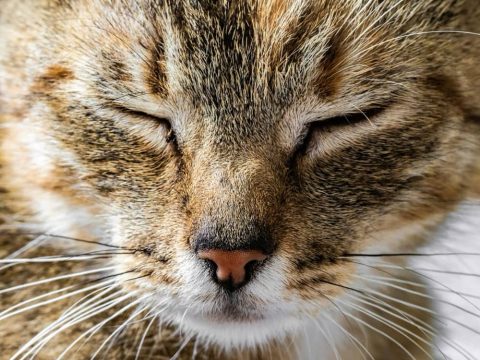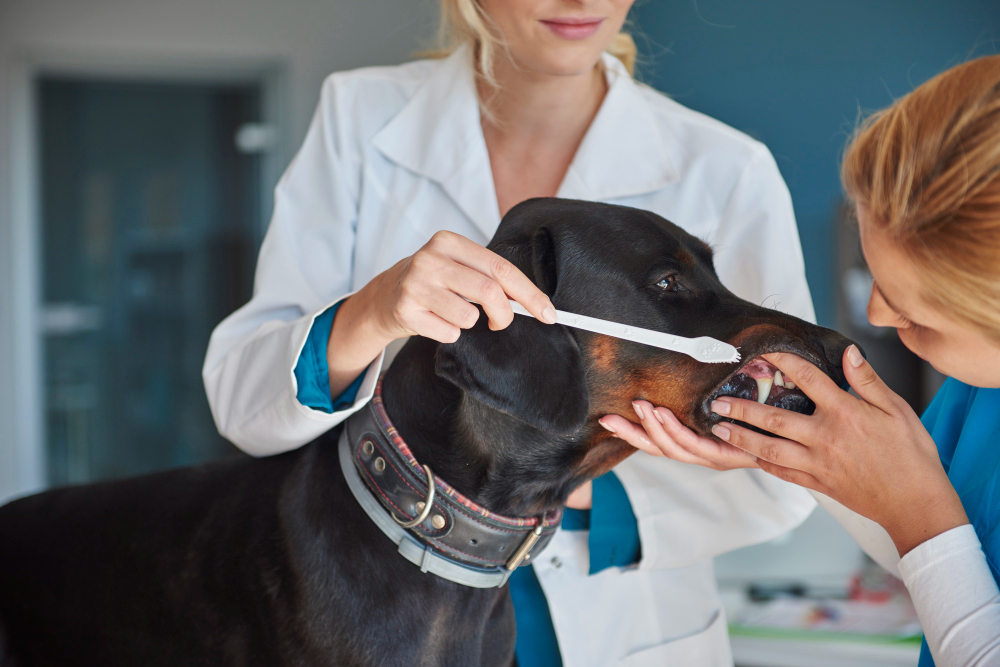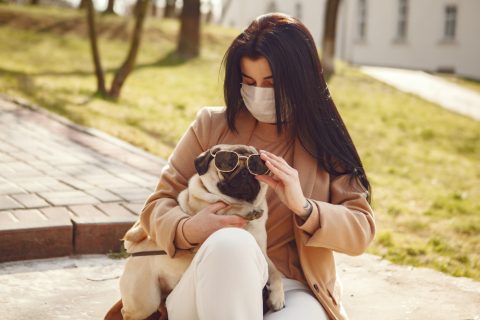Keeping our pets healthy is a top priority, and dental health plays a major role in their overall well-being. Just like humans, dogs and cats can suffer from dental issues that lead to bigger health problems if left untreated. Whether you’re living in a bustling city like New York (pet insurance nyc) or relaxing on the Oregon coast (pet friendly oregon coast), understanding how often to brush your pet’s teeth is crucial to keeping them happy and healthy.
Contents
Why Oral Care Matters for Pets
Studies reveal that 80% to 90% of dogs over three years old, and a significant number of cats over four, show signs of dental disease. Dental issues don’t just stop at bad breath; bacteria from untreated gum disease can enter the bloodstream, leading to serious conditions like heart disease, kidney issues, and liver problems. Whether you’re visiting your vet at pet insurance colorado providers or spending weekends at pet friendly apartments, maintaining good dental care is essential.
How Often Should You Brush Your Pet’s Teeth?
Daily brushing is the gold standard for pet dental care. However, with busy schedules, brushing two to three times a week can still make a significant difference. If you can’t brush daily, aim to brush at least every other day to prevent plaque from hardening into tartar.
Professional dental cleanings are also important. Ideally, your pet should have a professional cleaning at your local clinic, like those listed with pet emergency chicago services, once a year. This deep cleaning, usually under anesthesia, can catch and address issues you can’t see at home.
Tips for Brushing Your Pet’s Teeth
Choose the Right Tools
Always use pet-specific toothpaste and toothbrushes. Human toothpaste contains ingredients like fluoride and xylitol that are harmful to pets. You can find veterinary-approved products at stores specializing in pet care, such as pet supplies plus coupon code shops.
For small pets, a finger brush can provide better control. For larger dogs, a regular pet toothbrush with a long handle is ideal.
Start Early and Be Gentle
The earlier you start brushing your pet’s teeth, the easier it becomes. Puppies and kittens adapt quicker, but even older pets can learn with patience. Start by letting your pet lick pet-friendly toothpaste off your finger, progressing to gentle gum massages.
Keep Sessions Short and Positive
A full brushing session doesn’t have to be long. Aim for 30 seconds to 1 minute, focusing on areas where plaque tends to build. Praise your pet and offer treats afterward, reinforcing positive behavior. Pet resorts like happy tails pet resort often emphasize positive reinforcement for a reason — it works!
Focus on Problem Areas
Plaque tends to accumulate along the gum line and on the back teeth. Lift your pet’s lip and gently brush in small circles. If your pet squirms a lot, take a break and try again later. Avoid forcing your pet, as it can create negative associations.

Alternatives for Reluctant Pets
Some pets, no matter how patient you are, resist brushing. Fortunately, several alternatives can support dental health:
- Dental chews like those found at pet point locations help mechanically scrape off plaque.
- Water additives available at stores such as pet nutrition alliance partners can freshen breath and reduce bacteria.
- Dental wipes offer a less invasive way to clean your pet’s mouth.
These alternatives are helpful but are not a replacement for brushing. Regular brushing remains the cornerstone of pet dental health.
Signs Your Pet May Have Dental Issues
While brushing, keep an eye out for these warning signs:
- Red, swollen gums
- Bleeding gums
- Bad breath (worse than usual)
- Difficulty eating or chewing
- Loose, broken, or discolored teeth
If you notice any of these symptoms, it’s time for a vet visit. Many clinics, like emergency pet clinic facilities, offer dental evaluations and cleanings.
Conclusion
Brushing your pet’s teeth is a vital part of their overall health care routine. Whether you spend weekends at pet friendly hotels san diego or live in a cozy neighborhood with pet friendly exterminator services, maintaining your pet’s dental hygiene ensures they live a longer, healthier life. Regular brushing, combined with professional cleanings and supportive dental products, can protect your pet from unnecessary pain and serious illness.
Make brushing a part of your daily or weekly routine, and don’t hesitate to consult your vet for guidance. Good dental care today means more tail wags, purrs, and happy memories tomorrow.
Note: For more resources on maintaining your pet’s health, check with organizations like pet wellness exams programs or visit pet community center locations near you.








